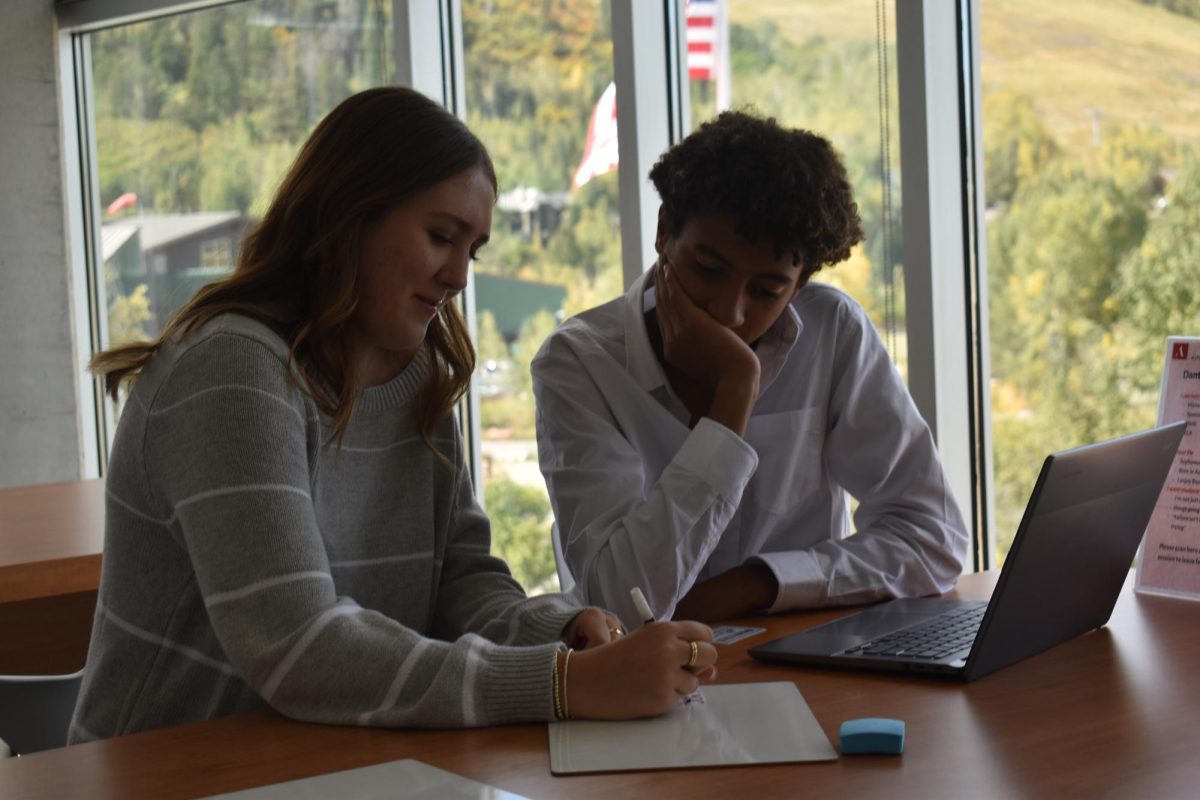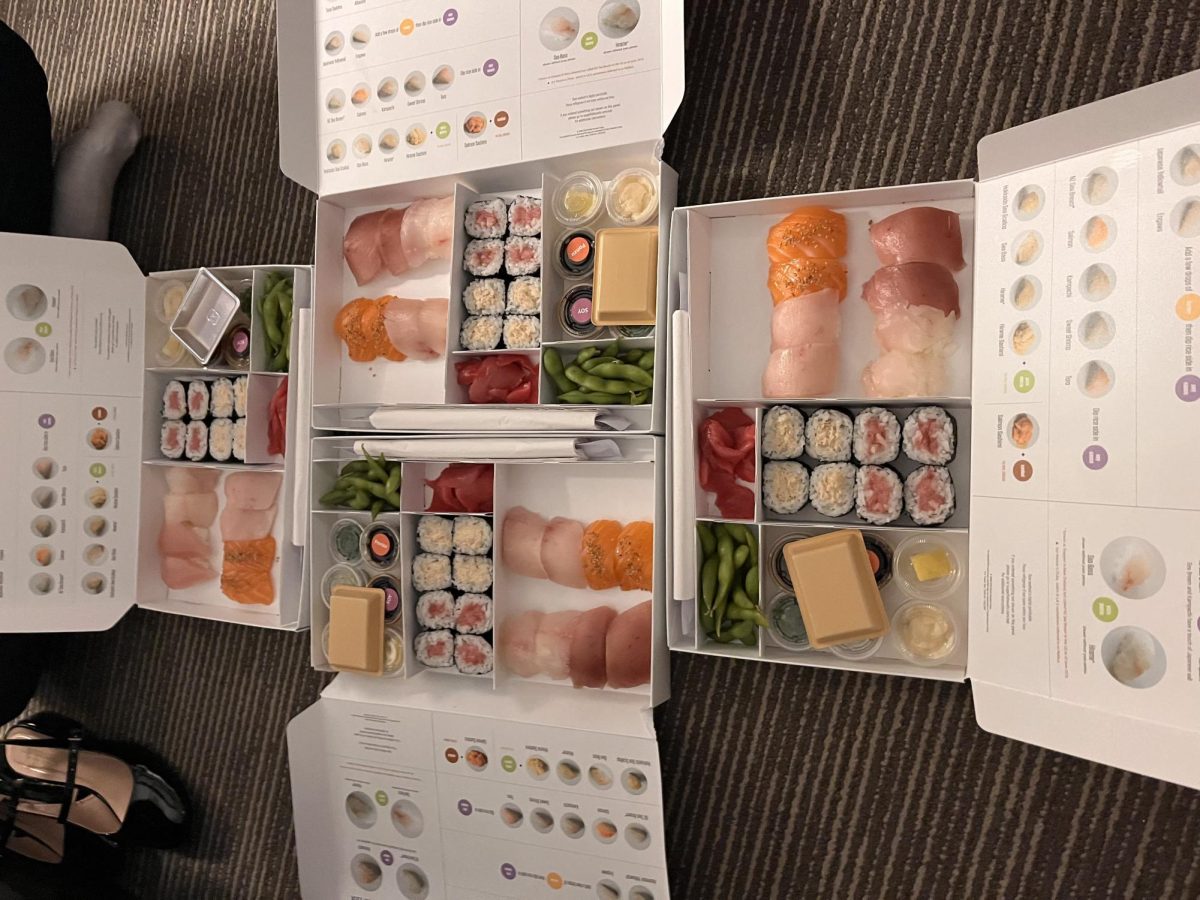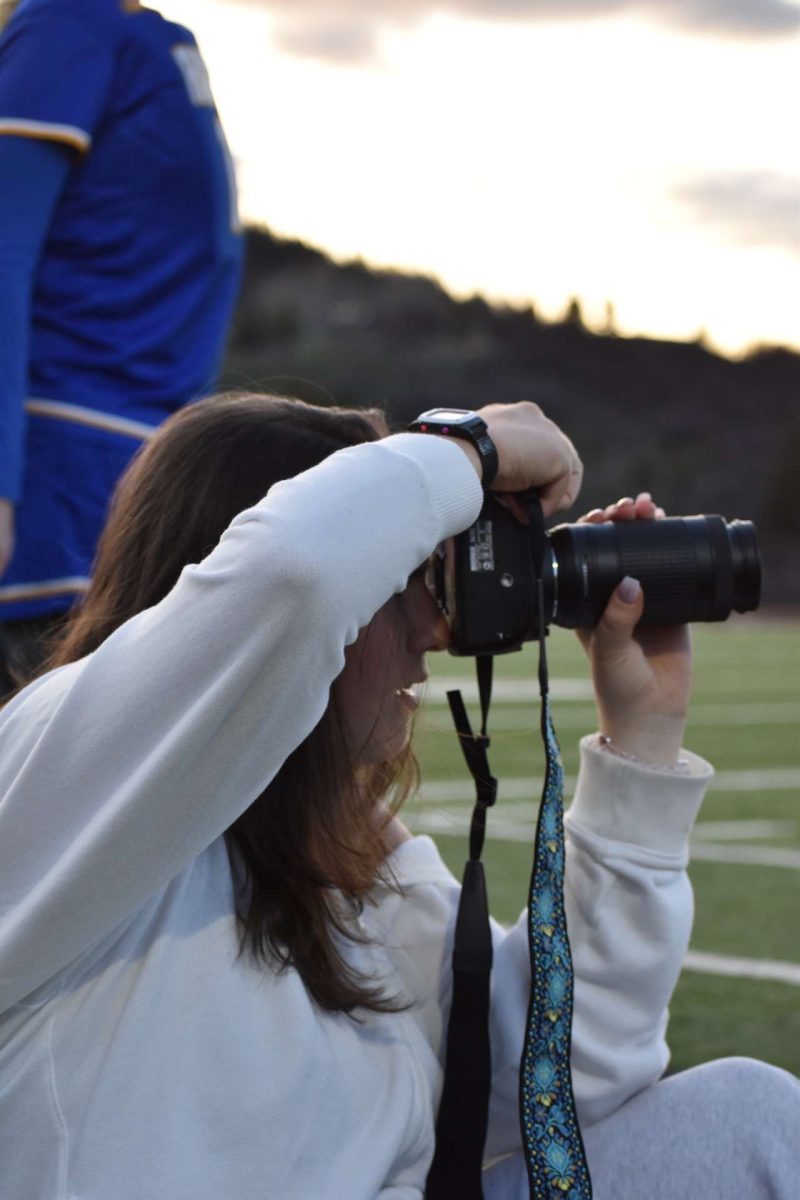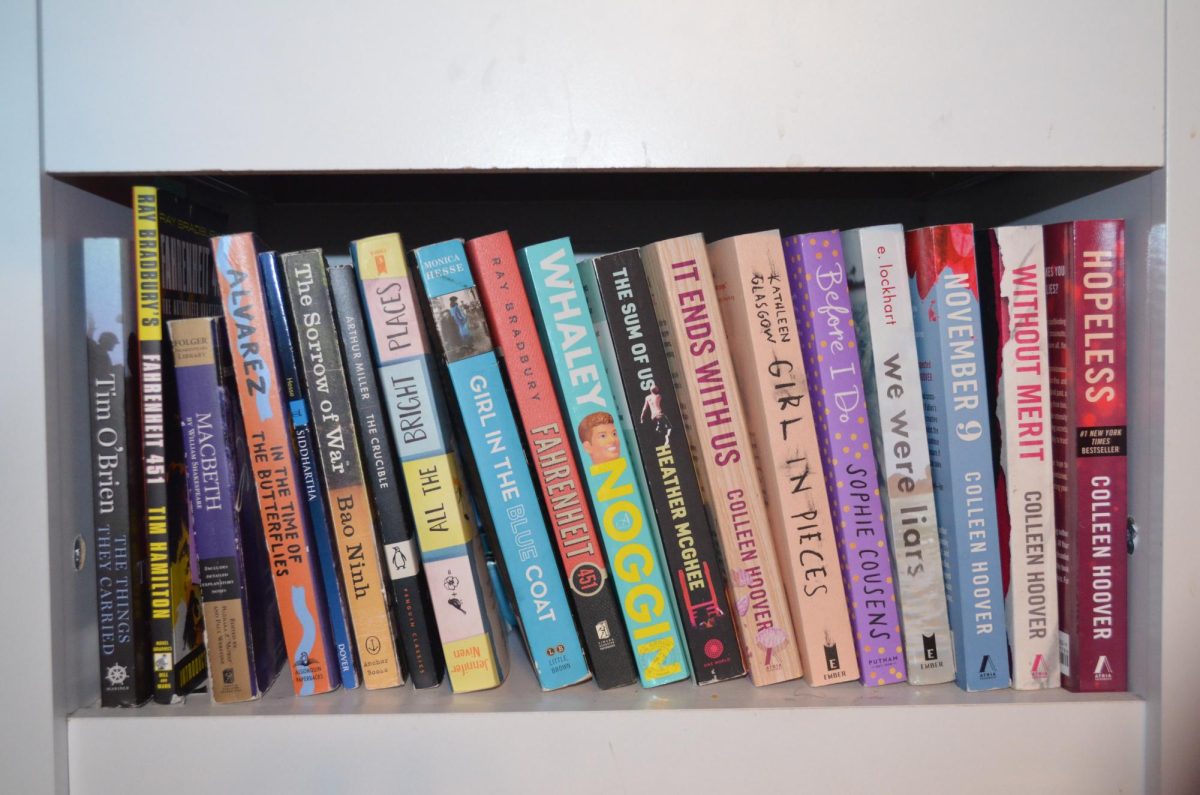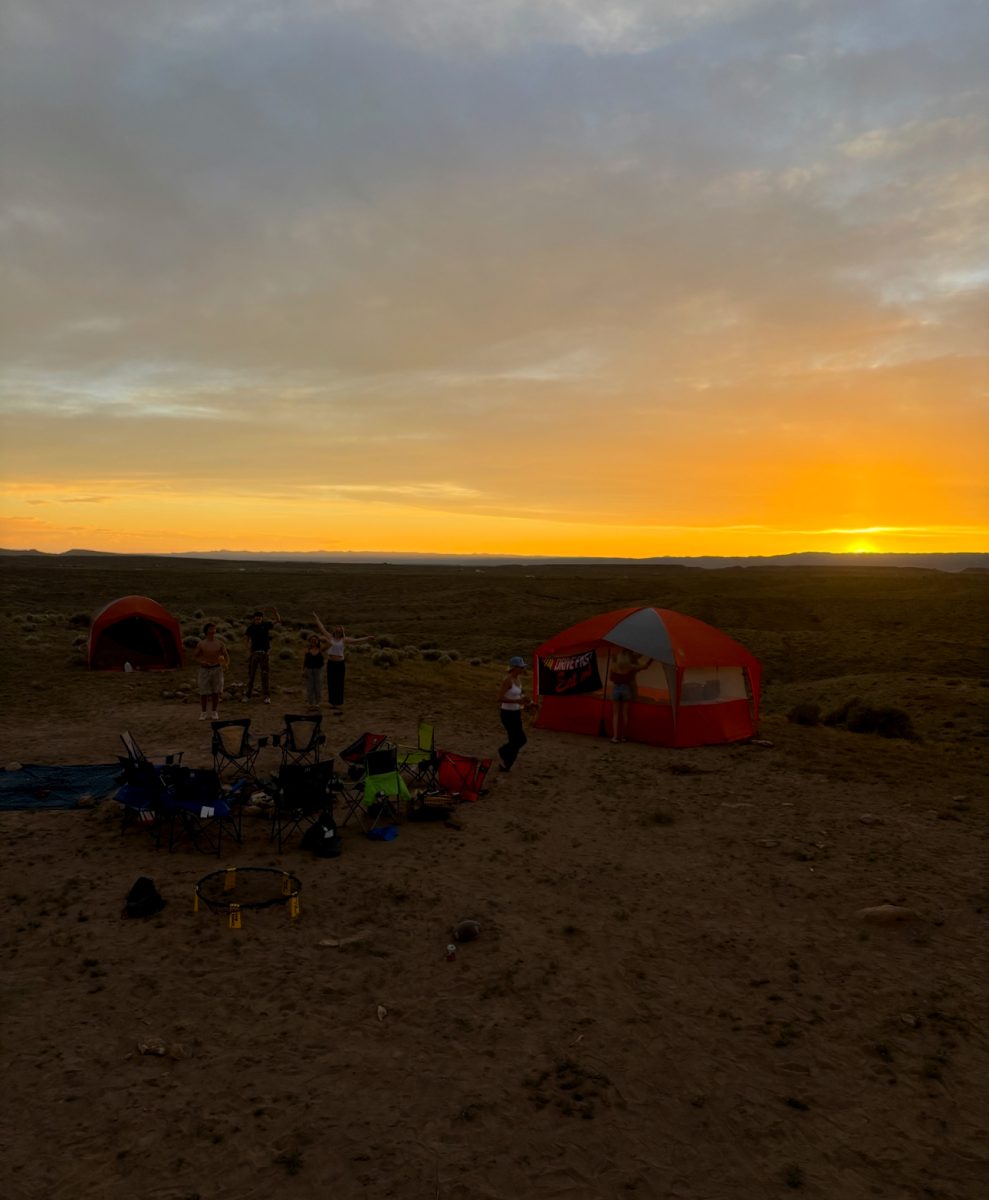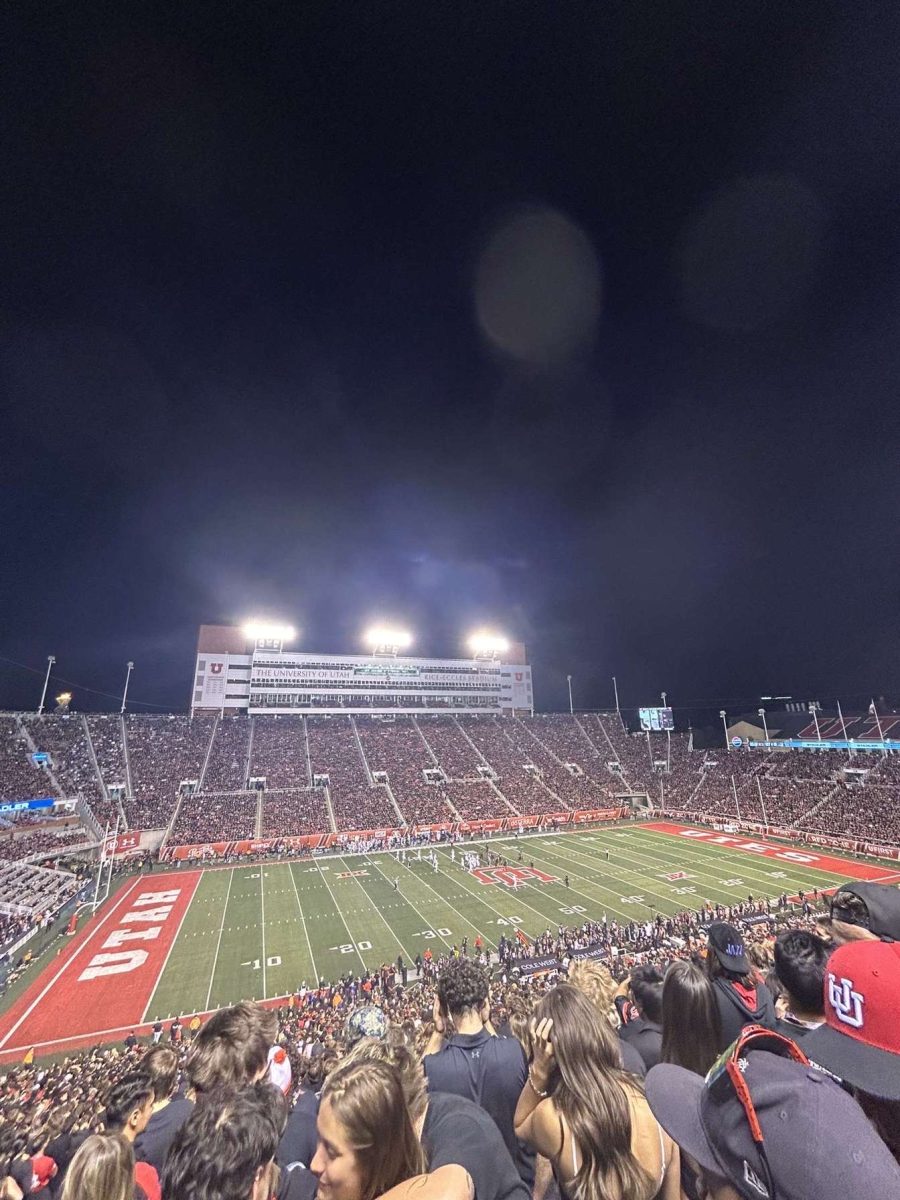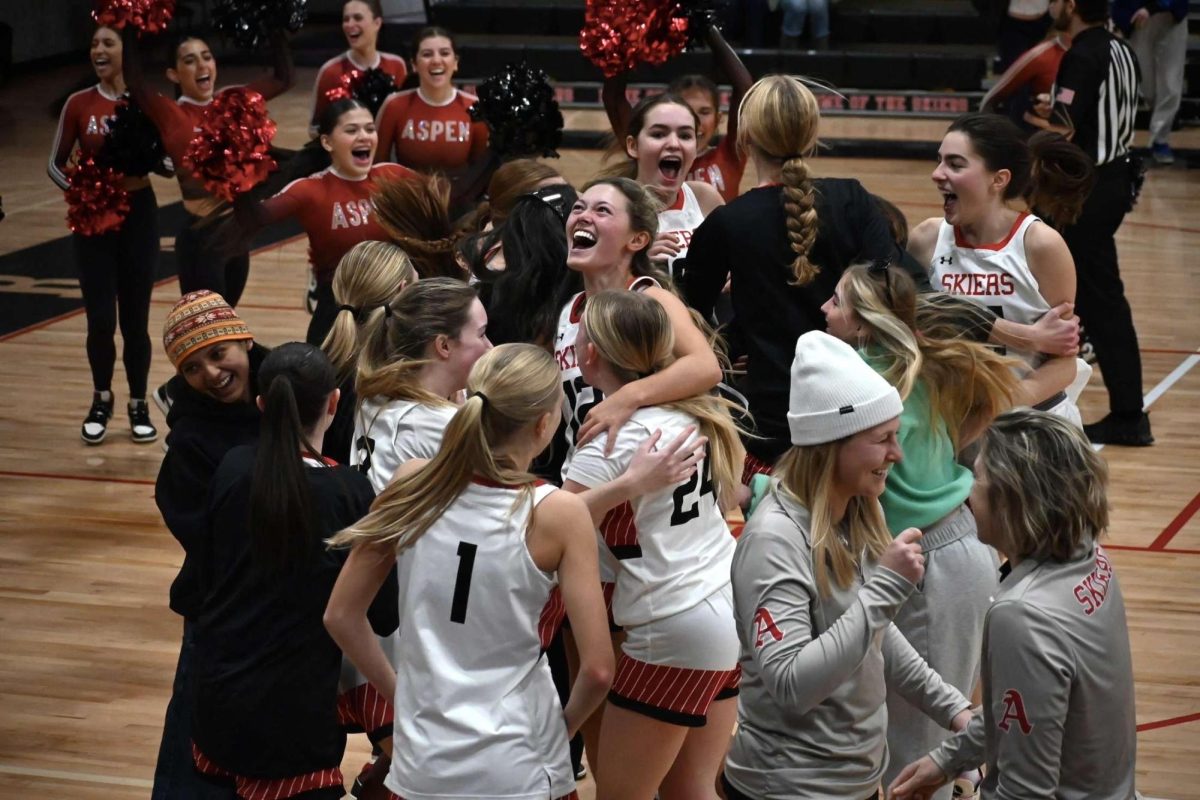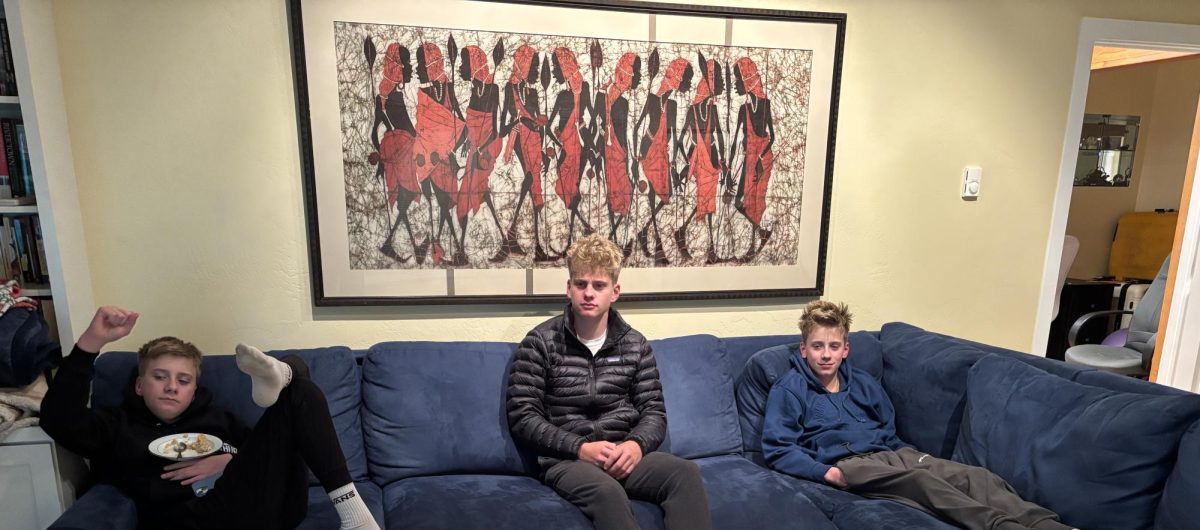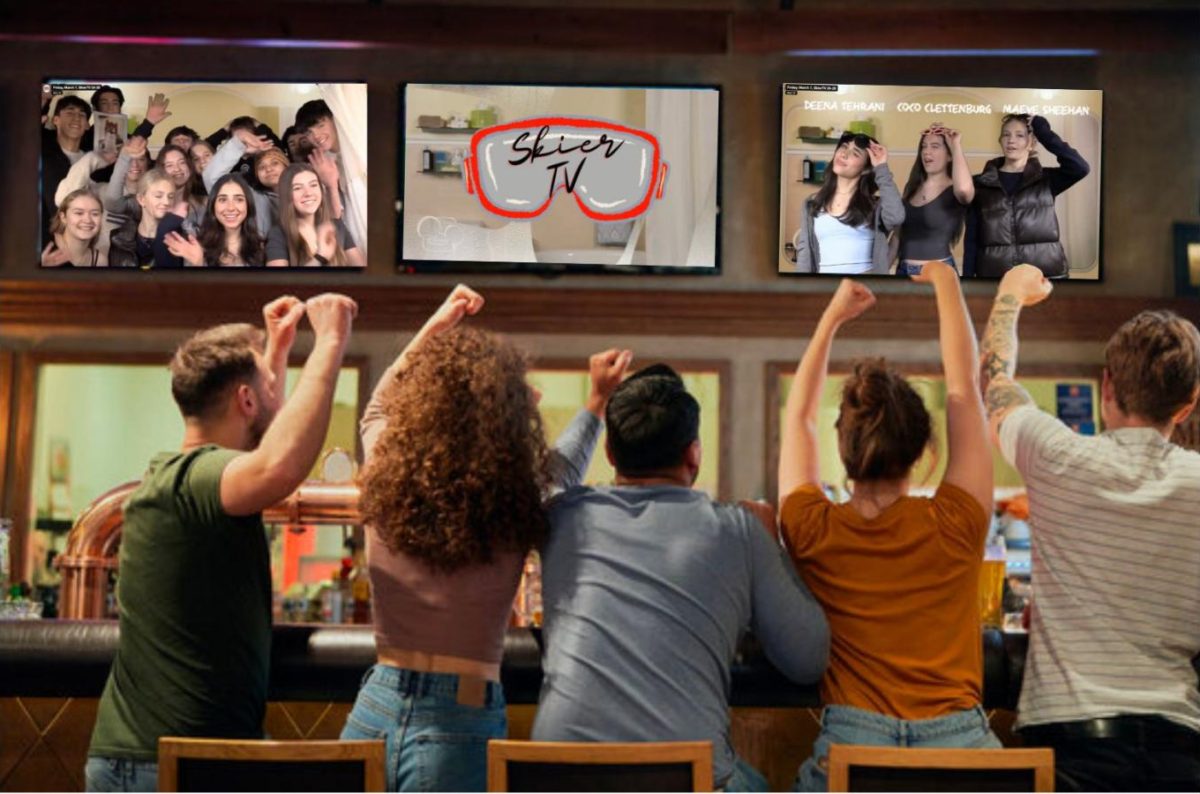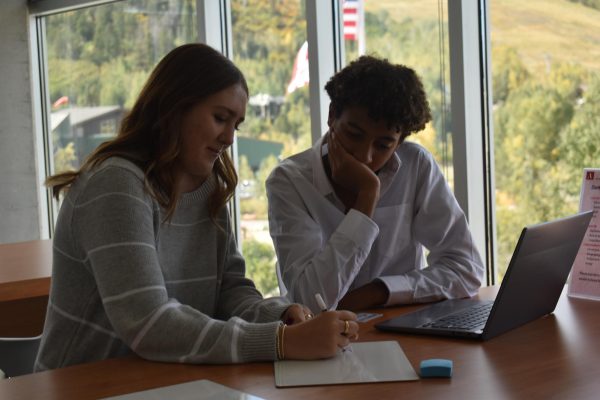Students Make Money in a Tough Market
The entire classroom is silent as students are consumed by their screens in the final minutes before the market closes. The best way for kids to learn how to invest their money is by experience, so business teacher Chris Bonadies’ investing class played a game that mimicked the stock market exactly.
From September to January they had three different categories that they could compete in. The first was a traditional portfolio of stocks and bonds where they started with $100,000. They had to have real estate investments, international equities, and domestic equities to diversify their portfolios. Senior Sydney Slossberg came in first place making $7,690. Sophomore Dylan Degraff came in second earning about $3,500, and senior Nik Morgan came in third, with roughly $2,000.
“They learned how to run a stock portfolio and diversify their assets to make a balanced portfolio. They did research and learned which are good companies to invest in,” Bonadies said. “The most important thing was learning how to buy and sell at the right times. Some of its luck, but there is some skill involved too.”
The second contest was exchange traded funds, which are bigger baskets of funds with active management where students started with $2,000. Freshman Wyatt Francen won the contest, making $6,600 in about three and a half months which Bonadies added was pretty amazing.
The third contest was a sector challenge where students rotated sectors of the economy through ETFs. They did technology and consumer discretionary sectors. The best someone did was break even, but some of that had to do with market timing. Senior Nik Morgan won this contest.
“I was able to transfer knowledge I learned from the lessons and apply them to my stock portfolio in a very successful way,” Morgan said. “I really enjoyed all the hands on learning; it helped me grasp the concepts that we learned.”
Although there were some incredible earnings, there were also a few mistakes that students made.
“Luckily it was fake money,” Bonadies said. “One student lost over $13,000, but at least they can learn from their mistakes, which was the goal.”

Kim is a senior at AHS, and current design editor for the Skier Scribbler.

